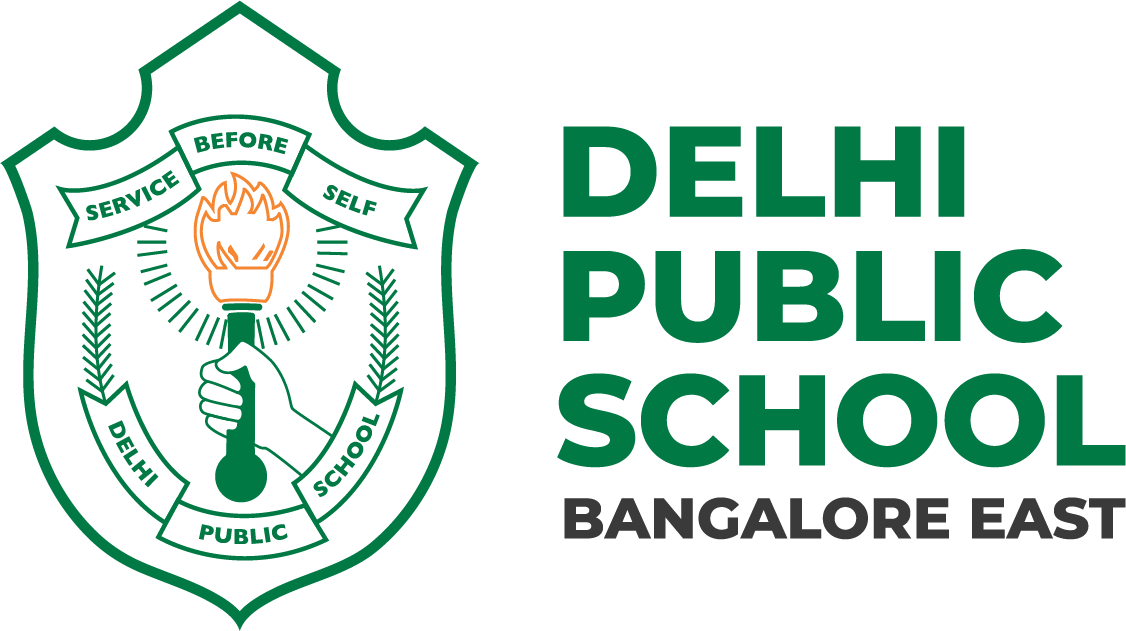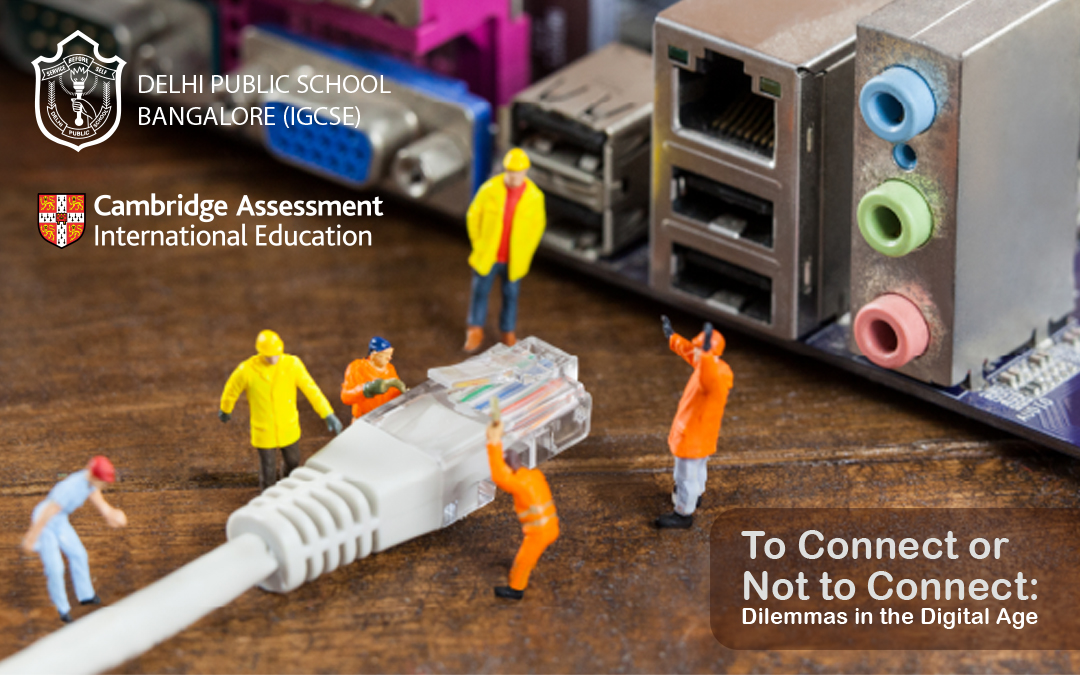For these reasons, it’s important to educate children — of all ages — about the potential dangers of the Internet. Thankfully, there are as many ways to stay safe as there are pitfalls. By starting early, you can teach children to recognize these situations before they become dangerous. To help you and your child understand how to approach this modern dilemma, we’ve compiled a list of common issues and their solutions — a handy guide to navigating unfamiliar territory.
What is so dangerous about the Internet?
The Internet is a collective hub of information and shared resources. People can access scholarly articles, shop online, communicate with each other, send files across cyberspace and much more. While it is full of useful data, many use it to invade privacy. They hack into other systems using viruses and malware, execute phishing scams to collect personal data, share pirated media and display inappropriate content. Unlike other forms of media, access is unrestricted and information is unfiltered. This means that children can unwittingly be introduced to parts of cyberspace that are not meant for young minds — and this exposure can often have a lasting negative impact.
What are the safety measures I can employ?
The first step to keeping your children safe online is to educate them, and demonstrate how to use the Internet safely. Point out potential online traps, and set up rules around the usage of computers and devices. In addition, the Internet can often be a source of misinformation. To ensure they don’t fall prey to it, you can teach them how to fact-check what they find online, which teaches them not to blindly accept everything they read as true. Walk them through the basics of security, such as setting a password, avoiding unfamiliar sites and ignoring emails or messages from unknown entities. If they want to download something, or make a purchase online, ask them to check with you first. You can also enable parental controls on your browser, use child-centric software to monitor usage and install antivirus programmes on your devices.
What is cyberbullying?
When someone uses technology to harass, threaten, target or embarrass someone, it is termed cyberbullying. Just like normal bullying, the digital form of this activity can also be harmful to young minds, often leading to drastic consequences. In certain cases, the bully’s behaviour can even result in legal action. While some instances of bullying can be easy to recognise, there are subtle ways in which it can manifest itself, making it hard for both you and your child to address the situation.
How would I know if my child is being bullied online, and what should I do?
Both young children and teenagers can be reluctant to talk to their parents about being bullied. This makes it harder for parents to spot the signs of bullying, especially with teenagers. The key things to watch out for are changes in behaviour, reluctance to share information about their digital habits, an emotionally vulnerable state after being online, acting nervous when they get a notification and many other subtle signs. When you notice something different, sit down with your child and talk about what they might be going through. Offer sympathy, and assure them that you will not judge them or punish them, but be there for them. It might also help to narrate incidents of bullying that you have experienced or heard of — this will help them realize that they are not alone. Often, these instances occur at school, or among friends. You could involve teachers or your child’s friends to help you understand and tackle the situation better. Bullying — whether online or offline — can result in low self-esteem and increased hopelessness. Having the support of friends and family at the time can make a world of difference to a child who is suffering.
How would I know if my child is bullying someone online, and how should I handle it?
Many parents are so focused on keeping their children safe that they may not recognise when their child is hurting someone — whether intentionally or not. If you suspect that your young one is showing signs of aggression or harmful behaviour, it is best to address it as soon as you see it — make it clear that such behaviour is not acceptable. Since children respond to actions more than explanations, you could lead by example and show them how to respond correctly. Sometimes, however, you will hear about your child bullying someone from other parents or students. In this case, you should have a talk with your child to sensitise him or her to the consequences of bullying. By opening up about these dangers, you might be able to show your children that harmless words or actions can have a big impact on the recipient. If their actions are more severe, a counsellor or therapist may be better equipped to handle the situation.
While the answers to the these questions seem simple enough on the surface, parents are sometimes stumped when their own child is affected. In addition, awareness of these issues is low, so teachers and parents can struggle to understand the true impact of being online. Even social media, entertainment websites and other seemingly harmless activities can be dangerous if one does not know what to expect. You can organise family discussions to talk about the appropriate usage of social media, how to retain privacy, and ways to remain aware of potential scams. This also means that children know they can come to you with problems and be certain of your help. After all, like with other difficult issues, communication is the key to a safe and secure environment — in reality, as well as virtually.






